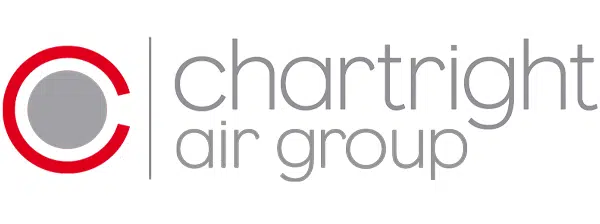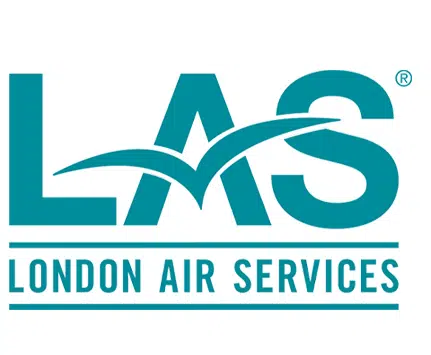Avoiding Tax Recapture on Aircraft Sales in Canada
When an aircraft is sold in Canada, one often overlooked tax exposure is the recapture of previously claimed capital cost allowance (CCA) deductions. This hindsight can result in a significant and unexpected tax bill from the Canada Revenue Agency (CRA). Fortunately, there are strategic ways to minimize or even avoid this outcome – with proper planning and expert advice of aviation and tax lawyers.
Let’s Understand Tax Recapture that Applies to Aircraft!
Tax recapture arises when the proceeds from the sale of a depreciable asset (in this case an aircraft) exceed its undepreciated capital cost (UCC) at the time of sale. The excess-up to the original cost is recaptured as income in the year of disposition and is eventually taxed by the CRA. For instance, if the original cost of the aircraft to the Seller was CAD 5 million, accumulated CCA deductions through the years of ownership amounted for CAD 3 million, the UCC at the time of resale of the aircraft will be CAD 2 million. Now if the aircraft is sold for CAD 4 million, the recapture would be of CAD 2 million which will be added to Seller’s income and taxed by the CRA.
What are the Possible Strategies to Avoid or Minimize Recapture in Aircraft Sales?
Sell the Shares, Not the Aircraft
While this approach may not suit every aircraft sale, in certain cases where the aircraft is held through a special-purpose entity (a corporation formed solely to own the aircraft), it may be more tax-efficient to sell the shares of that entity rather than the aircraft itself. A share sale is treated differently from an asset sale for tax purposes – shares in corporations are considered non-depreciable capital property for tax purposes in Canada. Since the corporation continues to own the aircraft, there is no disposition of the asset, and therefore no recapture of CCA at the corporate level. The buyer effectively acquires ownership of the aircraft indirectly, by purchasing the shares of the owning entity. This of course comes with other potentially undesirable consequences, such as continuation of liability associated with the special-purpose entity that has been acquired. But in the context of a fractional ownership structure, this approach can avoid recapture for partners that intend to remain in the ownership structure of the aircraft post transaction.
Time the Sale Strategically
If you’re nearing the end of the fiscal year, consider timing the sale to occur in the following year. This may defer the recognition of any recapture into a later tax period, giving more time to plan other offsetting deductions. However, this option only buys more time to meet the tax obligations and does not avoid it.
Avoid Overclaiming CCA before Aircraft Disposition
If you anticipate selling the aircraft soon, consider claiming less or no CCA in the year before disposition (Claiming CCA is optional). This can decrease the likelihood of recapture if the sale price of the aircraft exceeds the remaining UCC.
Sell the Aircraft at or Below UCC
If commercially feasible, structure the transaction so that the sale price aligns closely with the UCC. This includes carving out of non-capital items associated with the aircraft or the transaction where possible. This eliminates or reduces the potential for recapture. While this may not be desirable in all market conditions, it could be appropriate when selling within a related group or as part of a broader tax strategy.
Conclusion
The sale of an aircraft can be tricky and incur unexpected tax consequences if not structured strategically. Proactive planning especially with respect to recapture of CCA is crucial. Aircraft owners should engage experienced tax and aviation counsel early in the process to ensure the transaction is efficient, compliant, and tax optimized.
At YYZlaw, we help clients structure aircraft sales and acquisitions to achieve optimal tax efficiency. Our team combines deep knowledge of aviation law with practical tax planning strategies to minimize recapture risks and ensure smooth, compliant transactions.
Disclaimer: This article is intended for informational purposes only and does not constitute legal or tax advice. Always consult qualified advisors before making tax or transaction-related legal decisions.































